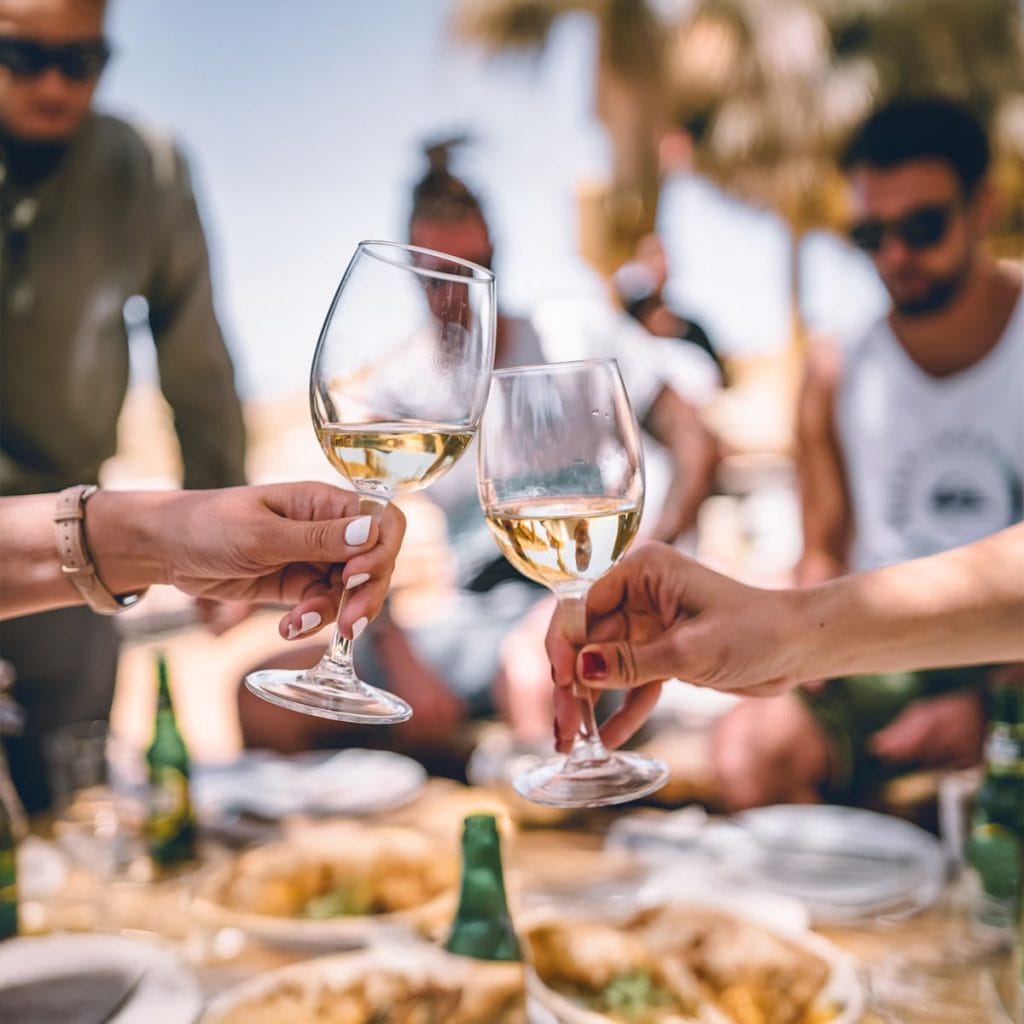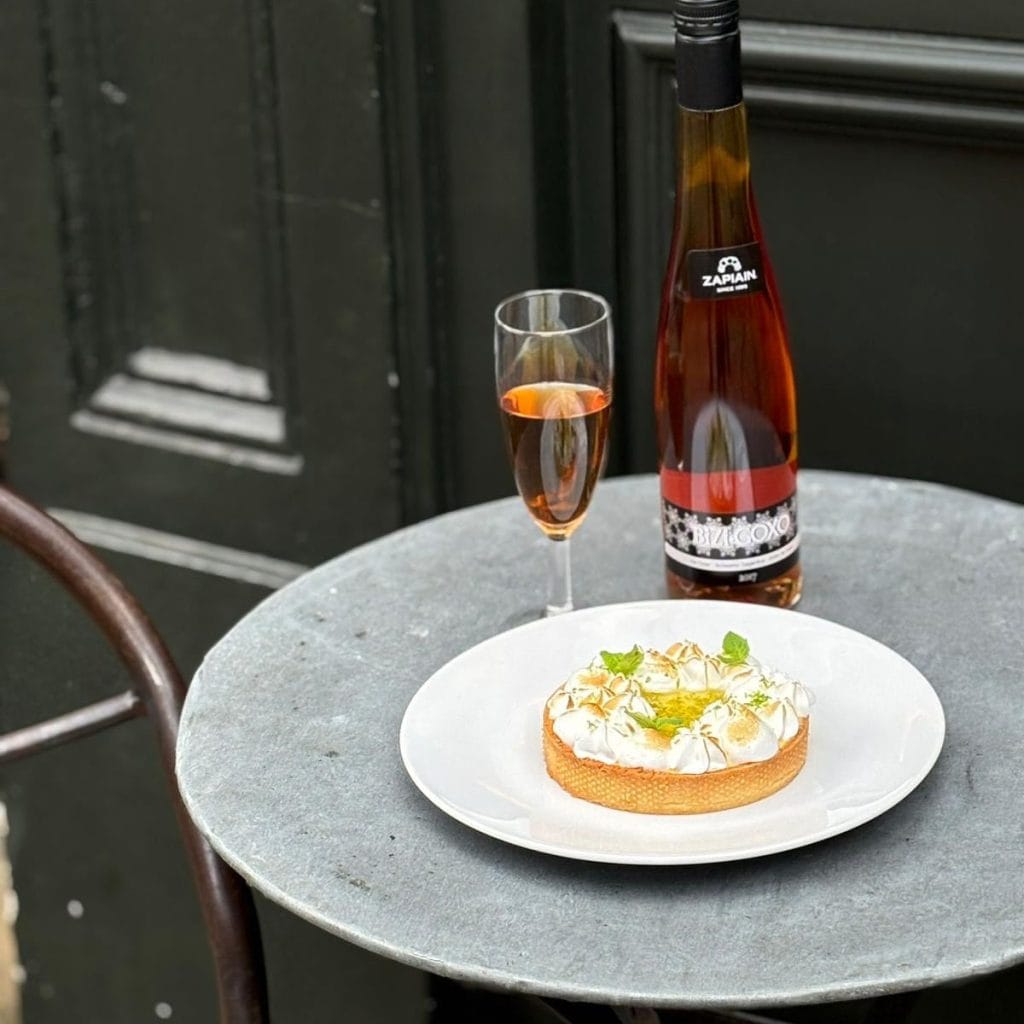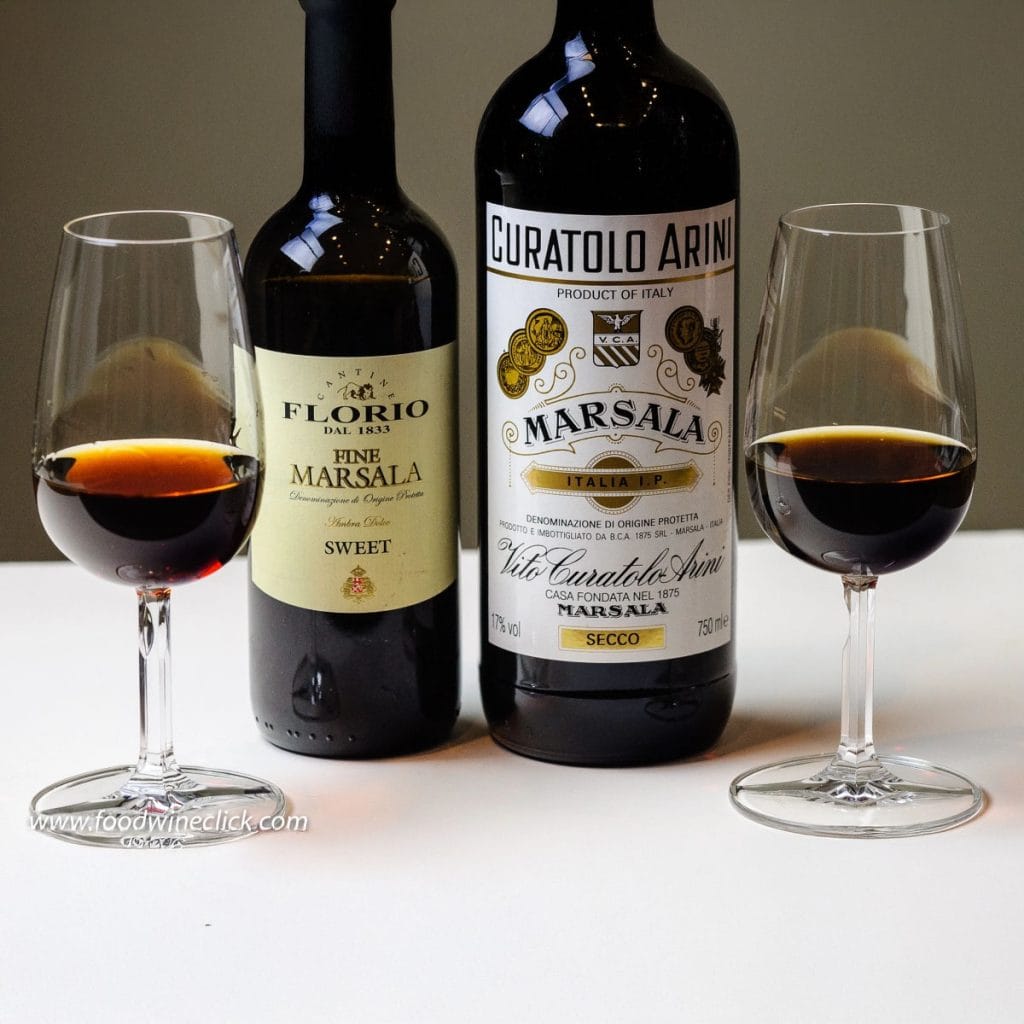A large share of red wine drinkers cut their teeth on Merlot, and for good reason. It is generous, soft, and forgiving across various contexts, making it a reliable choice for both restaurants and at home. Yet the most interesting stories in wine now intersect at the points where heritage, ecology, and culture converge. Indigenous varieties that once languished in obscurity are being revived through natural, organic, and biodynamic farming methods.
They promise texture, freshness and place specificity that industrial shortcuts struggle to replicate. This feature examines five grapes that reward curiosity, using Merlot as a reference point so readers can calibrate structure, flavour and ageing potential with confidence. The five are Blaufränkisch, a red wine grape variety native to Austria; Aglianico, a black grape grown in the southern regions of Italy; Bobal, a variety native to the Utiel-Requena region in Valencia, Spain; Baga, a red grape variety from Portugal; and Trousseau, a red wine grape variety grown primarily in the Jura region of France. Each is farmed by producers who emphasise healthy soils, low inputs and measured extraction. Together, they expand the vocabulary of glass and the toolkit of sommeliers, buyers, and researchers.
Merlot as a benchmark for structure and flavour
Understanding Merlot clarifies what these grapes do differently. Typical markers include plum, black cherry and a cocoa tone when oak is involved. Body sits medium to medium full. Acidity is usually medium, and tannins are smooth and well-integrated. Alcohol often ranges between 13.5% and 15% in terms of climate matters. Warmer zones push riper fruit and softer edges. Cooler zones hold brighter acidity and a touch of bay or graphite. This makes Merlot a useful yardstick. When a grape diverges, note where it does so: brightness, grip, aromatic lift, spice, savour or age shape.
Natural wine principles that shape modern red styles
The most compelling bottles from these varieties share a vineyard-first mindset. Growers who champion natural wine typically avoid synthetic herbicides and systemic pesticides. Natural wine is a term used to describe wines made with minimal chemical and technological intervention, both in the growing of grapes and in the production of wine. Organic systems encourage cover crops, composts and canopy work that balance vigour with fruit quality. Biodynamic growers treat the farm as a living organism and work with a lunar calendar. In the cellar, many rely on indigenous yeasts, measured sulphur, and little to no fining or filtration. The point is not dogma. It is fidelity to site and season, with enough hygiene and science to keep faults out of the glass. Grapes that carry firm natural acidity, resilient skins, and clear perfume tend to excel in these low-intervention settings.
Blaufränkisch signals spice-driven energy
Austria provides the clearest view of Blaufränkisch, although it is also known as Lemberger in Germany and Kékfrankos in Hungary. In Burgenland, iron-rich and limestone soils help the variety ripen evenly. Expect notes of black cherry and blackberry, a clean line of acidity, and a peppery lift that frames the fruit. Compared with Merlot, the texture feels tighter and the finish more vertical. Alcohol often mirrors Merlot, yet balance rests on freshness rather than plushness. Thoughtful producers use larger, old oak casks or concrete to keep the spice and mineral tones forward. Serve with roasted pork, paprika-spiced sausages, mushroom pies or hard cow’s milk cheeses. Cellaring for 5 to 10 years is realistic when fruit concentration meets firm but ripe tannins.
How Blaufränkisch aids professionals
For sommeliers, Blaufränkisch strikes a delicate balance between drinkability and detail. It can replace a New World Merlot by offering similar fruit depth, but adds a savoury frame that works with brined or smoked dishes. Buyers gain flexibility across the by-the-glass programmes, which are wine lists that offer a selection of wines by the glass rather than by the bottle, because the wine stays fresh over service. Researchers may note the grape’s consistent anthocyanin density and the correlation between canopy management and pyrazine perception at different picking windows.
Aglianico carries volcanic muscle and longevity.
Southern Italy raises Aglianico on volcanic slopes where diurnal swings preserve acidity. The grape’s thick skins bring high tannins and colour stability. Expect notes of black cherry, plum, liquorice, dried herbs, and a mineral undertone. Young Aglianico is firm and structured. Time in the bottle resolves the grip into polish, revealing leather, tobacco leaf and spice. If Merlot offers immediate charm, Aglianico asks for patience and then delivers range and depth. Alcohol can sit a touch lower than warm-weather Merlot, yet intensity is higher. Winemakers who prefer neutral vessels such as large botte or amphora emphasise purity and savour. Decanting is recommended for youthful examples. Food partners include braised lamb shoulder, oxtail ragu, grilled aubergine, and hard-aged cheeses.
Practical notes for cellars and lists on Aglianico
Keep stock across vintages to show development curves. Younger bottles benefit from a broad bowl and air. Mid-range examples can anchor tasting flights on structure. Pricing can remain competitive alongside Barolo-tier wines while signalling serious intent. In research contexts, Aglianico provides case studies on phenolic ripeness in hot climates and the role of volcanic soils on cation exchange capacity and pH balance.
Bobal exhibits drought resilience and a dark, fruity character.
Bobal’s home is Utiel Requena near Valencia. The region’s hot summers and cold winters test vine stamina. Bobal copes through thick skins and compact bunches. Historically, the grape was used in blends or sold in bulk, but careful site selection and yield control are shifting perceptions. Flavours run to dark cherry, blackberry jam, cocoa and a subtle earthy line. Texture is often dense with firm tannins, yet the best examples preserve a welcome snap of acidity that lifts the finish. Compared to Merlot, Bobal tends to be more rustic in its youth and benefits from a year or two of bottle age to integrate its flavours. Skilful producers moderate extraction, ferment at a cooler temperature, and avoid heavy new oak to preserve fruit clarity. Pair with grilled meats, wood-fired pizza, Iberian tapas and smoked paprika dishes.
Bobal: A Testament to Sustainability and Value. For hospitality teams, Bobal offers a high-value gateway into authentic indigenous grapes. Drought resilience reduces irrigation pressure. Organic certification is standard in the standout estates and aligns with procurement targets. By the glass, it offers a fuller-bodied option that stands up to rich sauces without resorting to international varieties. For educators, Bobal is a neat teaching tool for discussing anthocyanin content versus seed tannin quality and how each shapes mouthfeel.
Baga proves that patience and precision transform a grape
Bairrada in coastal Portugal is Baga’s spiritual home. Limestone and Atlantic breezes contribute to high levels of acidity. In the past, rough extraction and high yields produced complex, astringent wines. The new wave takes a different approach. Fruit is picked with care, often destemmed, and macerations are performed with gentler techniques. Modern Baga exhibits notes of black cherry and blackberry, complemented by sous bois, smoke, and spice. The structure sits closer to Nebbiolo than Merlot. Tannins are firm, and the line of acidity is assertive, which spells ageing potential. With time, the wines gain perfume and textural fineness. Serve with roasted duck, smoked pork, game birds and mushroom dishes. If a list already features Barolo and Pinot Noir, Baga can be the third leg of a triangle that showcases high-tension reds from different cultures.
Strategy for positioning Baga
Present Baga as a terroir study. Offer verticals to illustrate how pruning choices, harvest dates and vessel decisions move the dial on grip and aroma. In retail, place it beside Pinot Noir for those who like fragrance but want more bite. In training, use Baga to teach the difference between unripe tannin harshness and phenolic abundance handled with restraint.
Trousseau captures lightness with structure
The Jura’s Trousseau ripens later than Poulsard and needs more sun than local peers. Its chemistry allows for phenolic ripeness at moderate sugar levels, resulting in lower alcohol possibilities with proper picking choices. Aromas centre on cranberry, raspberry, sour cherry, and an earthy, mossy note. The palate is pale to medium in colour yet carries a firm tannic line. Compared with Merlot, Trousseau is more about lift, spice and mineral snap than plush fruit. Fermentation in neutral wood or stainless steel keeps tones transparent. Whole bunch use varies by producer, altering the spice and stemmy perfume. Serve slightly chilled with charcuterie, game birds, pâté and hard Alpine cheeses. For service, a Burgundy bowl is suitable, and maintaining a cellar temperature of 14–16°C helps preserve freshness.
Fun fact: Trousseau is widely known as Bastardo in parts of Portugal and Spain, a historical synonym that still appears on traditional labels and archival vineyard maps.
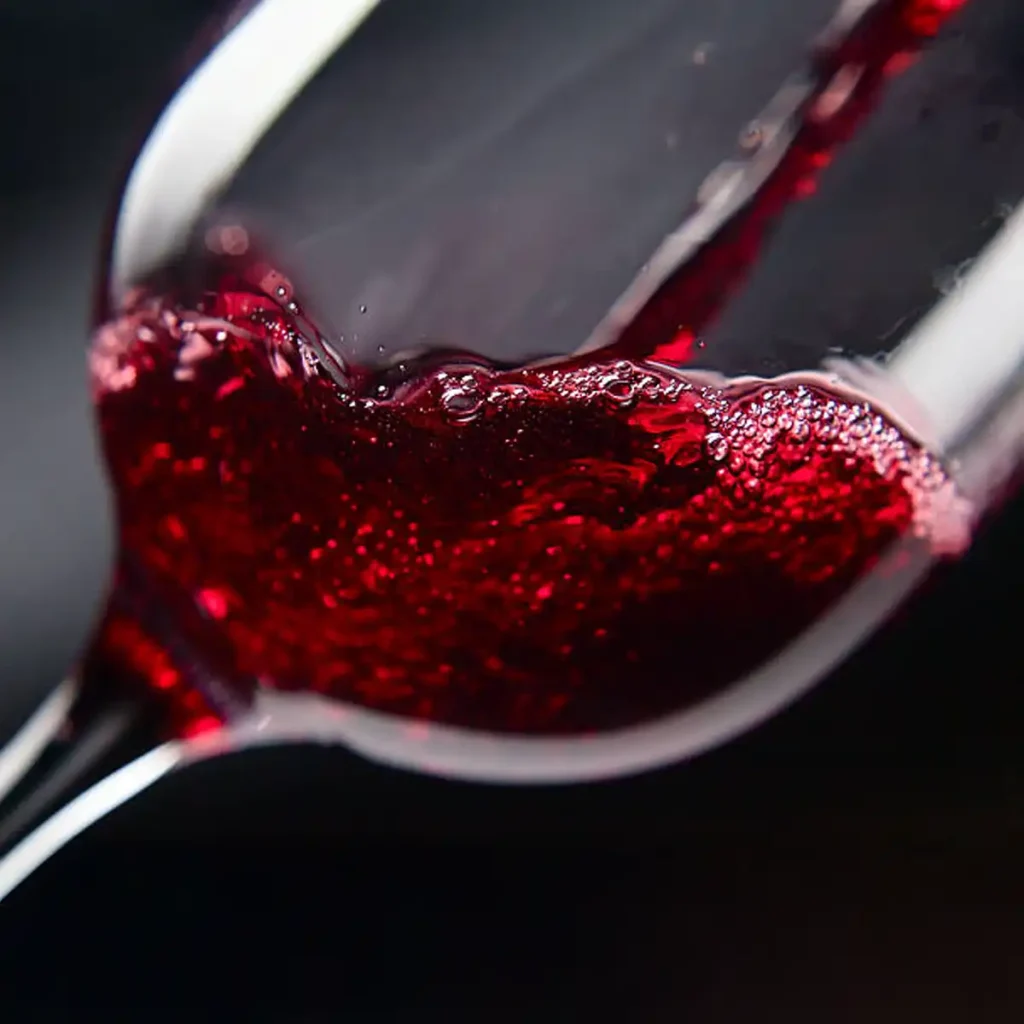
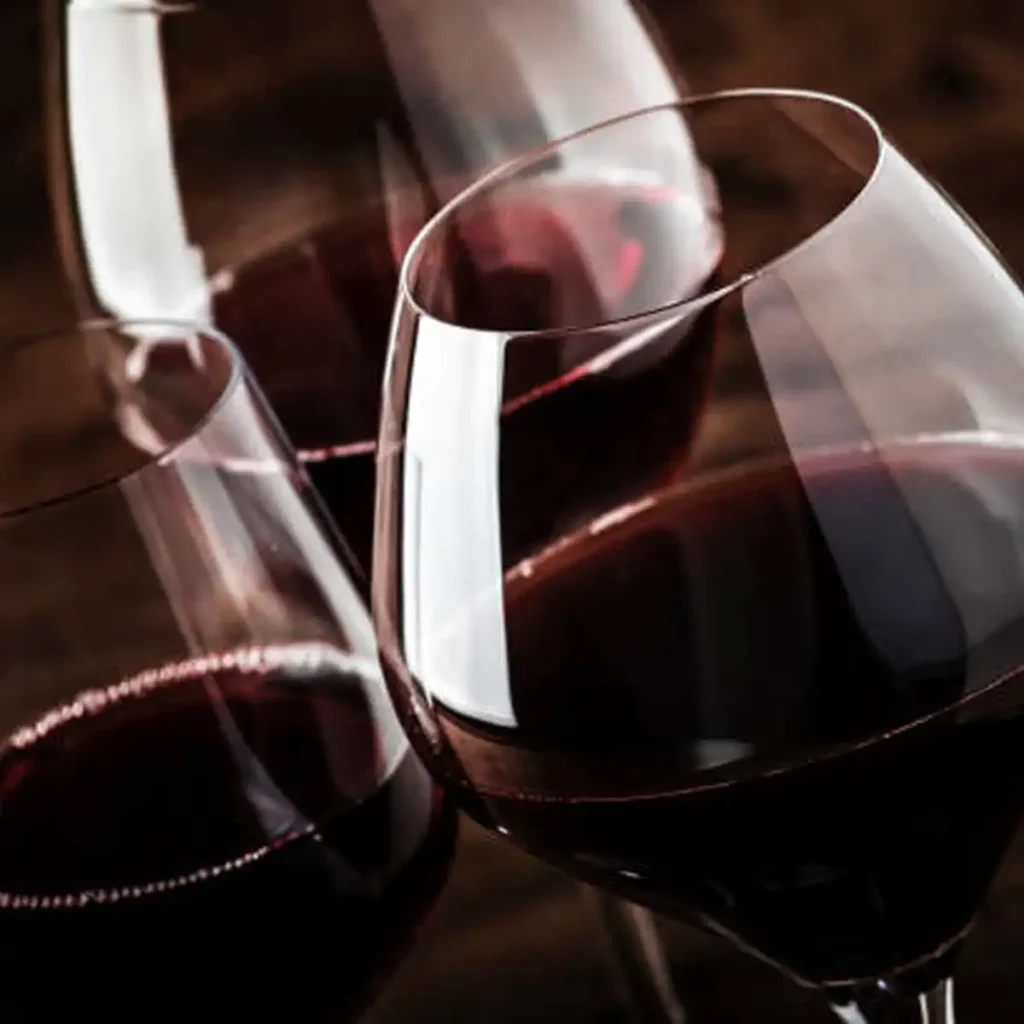
How Trousseau supports wine education and list diversity
Trousseau shines in flights that compare colour and weight against structure. It demonstrates that pale wines can be grippy and gastronomic. For list engineering, it can replace a light Pinot Noir by offering similar refreshment with a different spice pattern. For research discussions, Trousseau provides a lens on phenolic ripeness at lower potential alcohol levels and on the sensory impact of whole-cluster fermentation at varying percentages.
Comparing the five grapes against Merlot for fast decisions
Professionals often need quick trade-offs. Use these compact comparisons to match a grape to a guest or a dish.
- Blaufränkisch vs Merlot: Similar alcohol potential and dark fruit. Higher acidity and pepper spice. Best paired with roast meats and dishes featuring paprika.
- Aglianico vs Merlot: More tannin and age drive. Volcanic savour and liquorice. Needs air and rich proteins.
- Bobal vs Merlot: Chewier texture and darker cocoa tones. Great value. Keep extraction in check to avoid heaviness.
- Baga vs Merlot: Higher acidity and firmer frame. Age worthy. Aligns with duck, smoke and umami.
- Trousseau vs Merlot: Lighter body and colour with firm grip. Serve cooler. Perfect with charcuterie and game birds.
Buying notes for sommeliers and independent merchants
- Vintage spread: Stock two to three vintages for Aglianico and Baga to showcase development.
- Service cues: Decant Aglianico and some Baga. Chill Trousseau lightly. Serve Blaufränkisch at classic cellar temperature.
- Glassware: Use larger bowls for Aglianico and Baga to round edges. Burgundy stems for Trousseau and Blaufränkisch to amplify perfume.
- Food pairing: Anchor Blaufränkisch with roasted pork and paprika. Pair Aglianico with lamb and slow-cooked beef. Set Bobal with barbecue and smoky sauces. Pair Baga with duck and mushrooms. Keep Trousseau near charcuterie and firm cheeses.
- Price architecture: Position Blaufränkisch and Bobal as discovery values. Place Aglianico and Baga as cellar candidates. Use Trousseau to widen the diversity by the glass.
Farming and cellar practices that elevate quality
Three practices recur among top addresses. First, organic or biodynamic farming that privileges canopy balance and healthy microbial life. Second, careful sorting is used to remove underripe seeds and sunburned berries, which helps prevent bitterness in the wine. Third, extraction choices are tuned to the grape and season rather than the recipe. Cooler fermentations, long but gentle infusions and neutral vessels show fruit and site more clearly than new oak regimes. Sulphur use is precise rather than ideological. The objective is stability and clarity without stripping perfume or texture. The results are wines that speak in complete sentences, rather than just in volume alone.
Sensory analysis tips for training and competitions
Build memory anchors for each grape. For Blaufränkisch, expect notes of black cherry and cracked pepper. For Aglianico, think black fruit with liquorice and a volcanic graphite line. For Bobal, recall cocoa and dried berries with a chewy mid-palate. For Baga, set blackberry over smoke with a firm close. For Trousseau, fix tart red fruit and woody spice over an earthy base. On structure, line them up side by side with Merlot to feel the climb in acidity and tannin from Bobal through Baga to Aglianico, and the shift in body from Trousseau up to Aglianico.
Guidance for hospitality teams communicating with guests
Lead with familiar anchors. When a guest requests Merlot, clarify whether they prefer a soft texture, dark fruit, or both. Offer Blaufränkisch if they like dark fruit but want more spice. Offer Bobal if they wish to weigh and value their items. Offer Baga if they enjoy structure and savour. Offer Aglianico if they want something serious to pair with a rich main course. Offer Trousseau if they wish to something lighter but not simple. Keep language concrete. Use words like juicy, firm, bright, savoury, spicy and smoky. Avoid jargon unless the guest invites it.
Editorial tasting notes that showcase diversity
- Blaufränkisch: Black cherry and blackberry on the nose with a fine pepper line. The mid palate is medium-bodied and precise. Acidity drives a long, savoury close.
- Aglianico: Black cherry, plum and liquorice with a clean mineral thread. The palate is full and structured. Tannins are firm, promising graceful evolution.
- Bobal: Dark berry compote and cocoa with a broad entry. Chewy tannins shape a warming finish. A lively core keeps the wine from feeling heavy.
- Baga: Blackberry and black cherry with smoke, leaf and spice. High acidity frames the palate. Long finish with a grip that invites food.
- Trousseau: Cranberry and raspberry with earth and woody spice. Light in appearance yet assertive in structure. Finishes dry and refreshing.
Conclusion that connects drinkers, makers and place
The most useful path beyond Merlot is not novelty for its own sake, but better matches between food, climate, and culture. Blaufränkisch brings spice and lift, complementing the flavours of pork and paprika that dominate the table. Aglianico offers depth where slow-cooked meats call for structure. Bobal delivers value and substance in warm, casual kitchens and dining areas. Baga gives high tension pleasure to those who enjoy fragrance and bite. Trousseau provides refreshment and grip without weight. Each grape prospers when growers nurture soils and pick for balance rather than alcohol alone. Think of the glass as a lens. Change the grape, and you change the angle of view; yet the subject remains the same: place, season, and human judgment meeting in liquid form. In that sense, the move beyond Merlot is not a departure from tradition. It is an expansion that keeps the door open for subsequent discovery.

